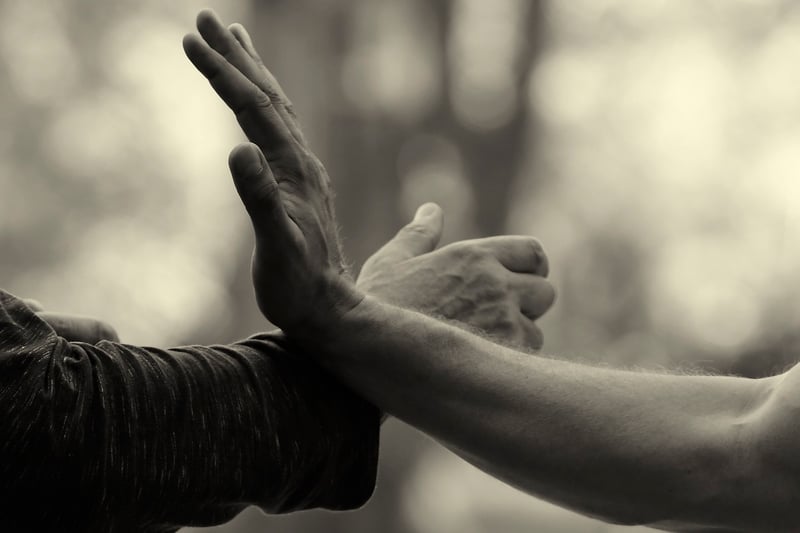Wu Style Tai Chi
Balance and Harmony with Tai Chi Movements

Tai Chi, an ancient Chinese martial art practiced for its defense training and health benefits, focuses on the concept of balance and harmony. The slow, deliberate movements of Tai Chi promote relaxation, improve flexibility, and enhance overall well-being.
The Benefits of Tai Chi Movements
- Stress Reduction: Tai Chi helps calm the mind and reduce stress levels through its gentle, flowing movements.
- Improved Balance: Practicing Tai Chi can enhance stability and reduce the risk of falls, especially in older adults.
- Enhanced Flexibility: The stretching and bending motions in Tai Chi promote flexibility in muscles and joints.
- Strength Building: Despite its gentle appearance, Tai Chi is a weight-bearing exercise that helps improve muscle strength.
Wu Style Tai Chi
One of the five major family styles of Tai Chi, Wu Style Tai Chi, is known for its compact movements and emphasis on internal energy. It incorporates slow, graceful motions that flow seamlessly from one to the next.

Key Features of Wu Style Tai Chi
- Soft and Gentle Movements: Wu Style Tai Chi focuses on smooth, relaxed movements that promote inner calmness.
- Internal Energy Cultivation: Practitioners of Wu Style Tai Chi work on cultivating their internal energy, known as Qi, through breath control and mindfulness.
- Balanced Structure: The form of Wu Style Tai Chi emphasizes maintaining a balanced and centered posture throughout the practice.
Experience the Harmony of Tai Chi
Whether you are looking to reduce stress, improve balance, or enhance your overall well-being, Tai Chi offers a gentle yet effective way to achieve harmony in mind and body. Embrace the flow of Tai Chi movements and discover the peace and balance it brings to your life.
Start your Tai Chi journey today and experience the transformative power of this ancient martial art!
References: Wikipedia - Tai Chi, Wikipedia - Wu Style Tai Chi
